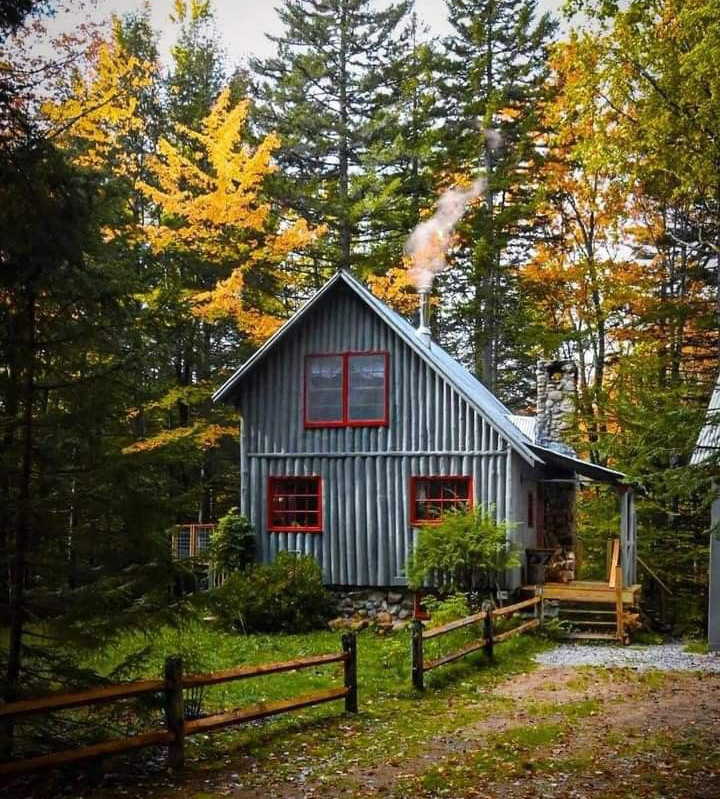Tiny Home Communities in the US: Living Small, Together (2025 Guide)

Tiny Home Communities in the US: Live Small, Thrive Together
Focus keyword: tiny home communities
Thinking about joining a tiny home community? This guide explains how tiny home communities in the US work, where they’re growing, what they cost, and how to choose the right fit.
- What Is a Tiny Home Community?
- Community Types & Ownership Models
- Benefits of Community Living
- Zoning, Codes & Legal Basics
- Costs, Fees & Budgeting
- Where Tiny Home Communities Are Growing
- How to Find & Join a Community
- Community vs. Private Land: Quick Comparison
- FAQs

What Is a Tiny Home Community?
Tiny home communities are planned neighborhoods where small dwellings—often 100–400 sq ft—are clustered around shared amenities. Residents typically benefit from utilities, waste services, parking, storage, and gathering spaces designed for compact living.
Good to know: Some communities welcome tiny houses on wheels (THOWs) registered as RVs; others require foundation-built “tiny homes” that meet residential code.
Community Types & Ownership Models
1) Pad Rental (Lease)
You own your tiny home and lease a site. Utilities may be sub-metered; amenities and maintenance are included in monthly fees.

2) Resident-Owned or Cooperative
Members purchase a share or lot and govern the community together. Upfront costs are higher, but long-term stability and control improve.
3) Developer-Owned Communities
Lease or buy a home directly from the developer in a managed neighborhood with professional maintenance and curated amenities.
4) Accessory Dwelling Unit (ADU) Villages
Small clusters behind primary residences or on infill sites. Great for city living with communal courtyards and shared services.
Benefits of Community Living
- Lower overhead: Shared infrastructure can reduce monthly costs compared to traditional housing.
- Ready-made neighborhood: Built-in social life, skill-sharing, and mutual support.
- Amenities you’ll use: Makerspaces, gardens, co-working rooms, trails, and event spaces.
- Sustainability: Smaller footprints, efficient utilities, and car-light layouts.
- Location access: Many communities choose scenic or convenient settings near trails, lakes, or transit.

Zoning, Codes & Legal Basics
Zoning rules vary widely city to city. Before you commit, verify:
- Allowed use: THOWs vs. foundation homes; RV park zoning vs. residential zoning.
- Minimum size & code: Some areas require minimum square footage or adherence to IRC/Appendix Q for small dwellings.
- Placement limits: Setbacks, utility tie-ins, parking, and occupancy limits.
- Stay duration: Some parks limit long-term or year-round residency—confirm in writing.

For a deeper dive into winterizing, lighting, build types, and insurance, explore these related guides on our site:
- Lighting Up Your Tiny Home: Creative and Efficient Solutions
- How Much Does a Tiny House Really Cost?
- Tiny Home Insurance: What You Need to Know
- The Rise of Prefab Tiny Houses: A Comprehensive Guide
Costs, Fees & Budgeting
Your total monthly spend combines home ownership costs with community fees:
| Cost Item | Typical Notes |
|---|---|
| Site/Pad Fee or HOA | Varies by amenities, region, and lease length; may include landscaping, trash, security. |
| Utilities | Electric, water, sewer; sometimes bundled; sub-metered in many communities. |
| Insurance | Different for THOWs vs. foundation tiny houses—compare specialized policies. |
| Storage/Parking | Optional fees for extra storage, a second vehicle, or boat/RV parking. |
| Internet/Mail | Community-wide broadband and parcel lockers may add small monthly charges. |
Tip: Ask for a transparent fee schedule, utility averages, and any annual increases. Read community rules and pet policies closely.
Where Tiny Home Communities Are Growing
Instead of chasing a single “best” community, focus on regions aligning with your climate, budget, and lifestyle:
- Pacific Northwest: Eco-focused neighborhoods, rain-ready builds, and strong maker culture.
- Mountain West: Outdoor-oriented sites with four-season considerations (insulation, snow load).
- South & Southeast: Resort-style amenities and mild winters; check storm and heat-readiness.
- Southwest: Sunbelt efficiency and solar potential; confirm water availability and shade design.
- Midwest & Northeast: ADU-friendly towns and village infill; prioritize winterization and road access.

How to Find & Join a Community
- Define your must-haves: Long-term lease vs. purchase, pets, parking, workshop access, fiber internet.
- Shortlist by rules & zoning: Confirm year-round residency, THOW vs. foundation requirements.
- Compare total cost: Site fees, utilities, storage, and typical annual increases.
- Tour & talk: Visit at different times of day; meet residents; attend a community meeting if possible.
- Review documents: Lease/CC&Rs/HOA bylaws, maintenance standards, design guidelines, and dispute process.
- Plan your move-in: Hookups, skirting, weatherproofing, mail setup, and local services.
Building or buying your tiny home next? See our primer on prefab tiny houses for faster timelines and predictable costs.
Community vs. Private Land: Quick Comparison
| Factor | Community | Private Land |
|---|---|---|
| Setup Speed | Fast—utilities on site | Slower—permits & infrastructure |
| Upfront Cost | Lower (lease) or moderate (buy-in) | Higher (land + improvements) |
| Monthly Cost | Pad/HOA fees | Taxes, utilities, maintenance |
| Control | Rules/CC&Rs apply | More autonomy (within local code) |
| Amenities | Shared & maintained | DIY or add over time |

FAQs: Tiny Home Communities
Can I bring a DIY tiny house? Many communities allow DIY builds if they meet safety and code standards (e.g., electrical inspections, RVIA/NOAH certification for THOWs). Ask for their checklist. Do communities allow rentals or Airbnb? Rules vary. Some prohibit short-term rentals to preserve neighborhood stability; others permit limited hosting—always confirm. What about winter living? Look for frost-proof hydrants, insulated skirting, heat-tape on water lines, and community plowing. Also read our guide to winter tiny living. Do I need special insurance? Yes—coverage differs for THOWs (similar to RV) vs. foundation homes (homeowners). Start with our Tiny Home Insurance guide.

